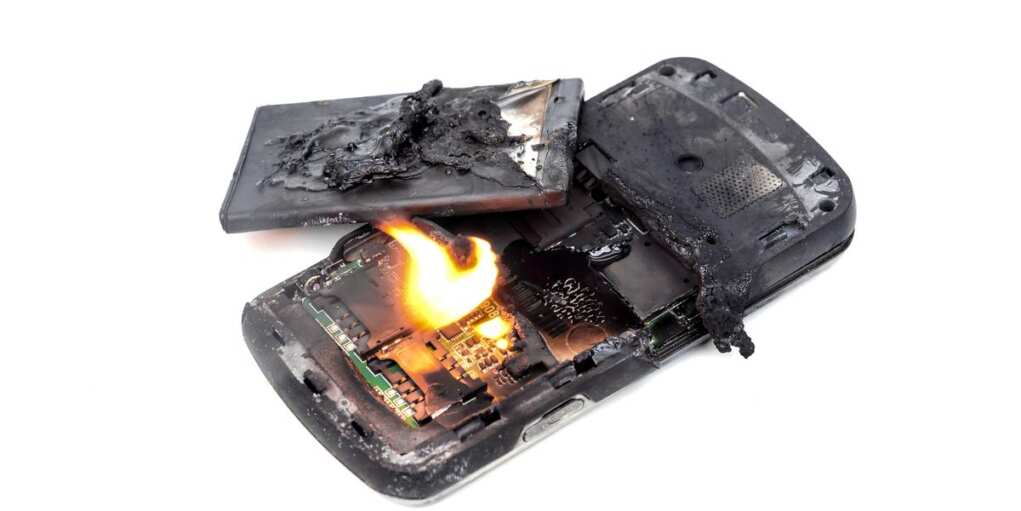Iran’s Next Move Could Destroy Your Computer And Cell Phone

While the world watches missiles fly between Israel, Iran, and the United States, a quieter but equally dangerous front is beginning to emerge: cyberspace. Former White House CIO Theresa Payton warns in RedState that Iran’s cyber warfare capabilities, supercharged by artificial intelligence, could soon be the regime’s weapon of choice against both Israel and America.
Despite setbacks to its kinetic forces, Iran has a long track record of digital aggression. In past years, Tehran-linked hackers disrupted opposition groups, infiltrated Israeli systems, and even attempted to manipulate American elections. Now, with tensions boiling and missiles exchanged, national security experts believe the Islamic regime is preparing a new offensive — one that’s silent, invisible, and devastating.
Payton outlines how AI has transformed the cyber landscape. Tools like Google’s Gemini chatbot are now being used by dozens of hacker groups worldwide — including those tied to Iranian intelligence — to write malicious code, identify security vulnerabilities, and stalk targets. These AI-enhanced capabilities dramatically lower the technical barriers for launching sophisticated attacks. Even amateur operatives can now deploy phishing schemes or breach sensitive systems with tools once reserved for elite state actors.
Beyond basic hacking, Iran’s cyber potential is now fusing with psychological and information warfare. Payton warns of the growing use of deepfakes and voice cloning technology, which can create realistic simulations of U.S. officials. With these tools, Iranian operatives could impersonate high-level government figures, tricking Americans into revealing passwords, financial details, or sensitive infrastructure data. In a hyperconnected society, the danger is real — and potentially catastrophic.
She also highlights a recent example: In 2024, Iranian hackers reportedly targeted a U.S. presidential campaign official with a spear-phishing attack aimed at election interference. Now, with President Trump leading the United States during renewed conflict in the Middle East, the stakes are even higher. The more kinetic options Iran exhausts, the more likely it is to pivot toward digital sabotage — hitting energy grids, financial networks, or transportation systems.
Iran’s most notorious cyber unit, APT35, has already been linked to operations that used fake job postings, social engineering, and dating app scams to penetrate Western systems. These efforts are only expected to intensify. According to Verizon’s 2023 Data Breach Investigations Report, 91 percent of cyberattacks begin with phishing. With AI streamlining the process, a few well-timed emails could cripple critical sectors.
Cyber-physical warfare is also becoming a reality. Payton points to Israel’s tactic of infiltrating Iranian drone components — a blend of espionage and digital sabotage that signals a new era of hybrid combat. Iran, she warns, may soon retaliate with its own blend of physical and digital attacks.
What makes this emerging front so dangerous is its subtlety. While bombs leave smoking ruins, cyber strikes can quietly disable systems, manipulate data, or sow chaos through disinformation. Americans may not hear the blasts — but they could feel the consequences at their banks, gas stations, or hospitals.
Payton’s call to action is clear: The U.S. must treat cyber warfare as a primary theater of conflict. That means investing in AI-driven cybersecurity, educating citizens on digital hygiene, and preparing for a new kind of battlefield — one where the first warning may come as a text message, not an air raid siren.
As Iran’s options dwindle and its desperation grows, the next move could happen online — and every American could be a target.

